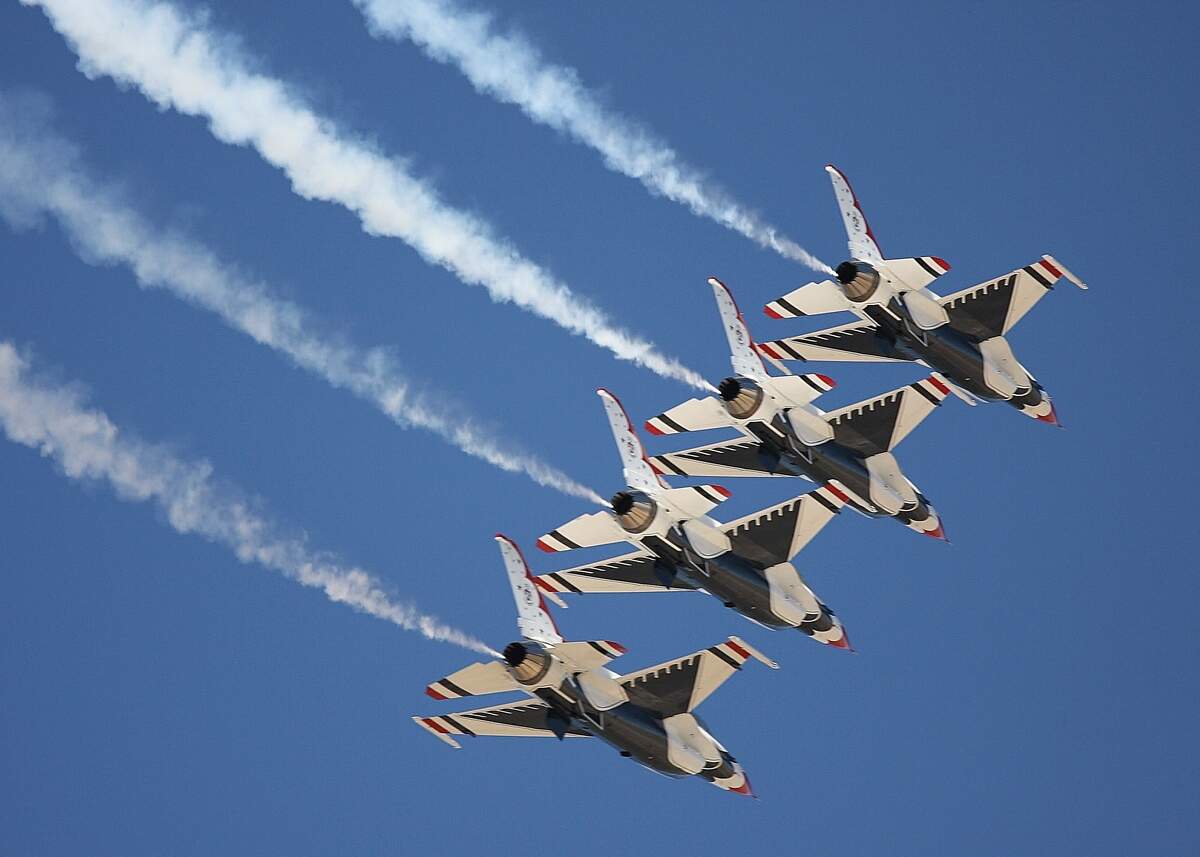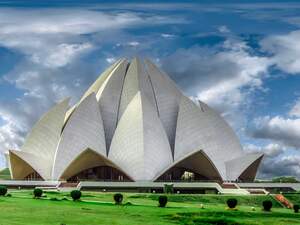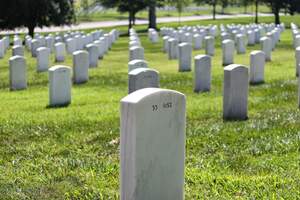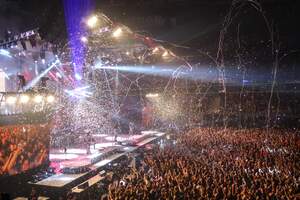

Air Day
Observed
annually on November 11th
Dates
Founded by
Tags
History & Culture
Travel & Tourism
Hashtags
Sources
https://newsroom.hawaiianairlines.com/blog/flyback-friday-reliving-our-november-11th-inauguration
https://web.archive.org/web/20171114122408/http://benguinter.com:80/airday.html
https://www.anrdoezrs.net/links/100298379/type/dlg/https://www.newspapers.com/image/274800162/
https://www.anrdoezrs.net/links/100298379/type/dlg/https://www.newspapers.com/image/274805311/
https://www.anrdoezrs.net/links/100298379/type/dlg/https://www.newspapers.com/image/288905256/
Air Day commemorates the start of commercial air service between the Hawaiian Islands. The first Air Day was held on November 11, 1929, the day the air service was inaugurated. Hawaiian Territorial Governor Lawrence Judd issued a proclamation in advance of the day, which also happened to be the 11th annual Armistice Day. Judd said, in part, "Therefore, I, Lawrence M. Judd, governor of the territory of Hawaii, do hereby designate November 11 of this year, already a national holiday set apart as a memorial to valiant heroes of the past, as Air Day and do invite the people of the territory of Hawaii and all agencies and organizations interested in this most important subject to make every reasonable effort to bring about a territory-wide understanding of the fundamental significance and importance of commercial aviation."
Starting on October 6 of 1929, the Bellanca Pacemaker CH-300 began giving sightseeing tours of Oahu. By the time of Air Day, it had clocked almost 50 hours and carried 76 passengers—but these were sightseeing tours on one island, not commercial flights between islands. Air Day took place on a Monday, and on the weekend that led up to it, the Inter-Island Airways Hangars were opened up at John Rodgers Airport in Honolulu, Oahu, so that visitors could come inspect the two planes—two Sikorsky S-38 planes that had been named Hawaii and Maui—that would be used for the inaugural flight. (The airport would later be renamed Honolulu International Airport, and now is Daniel K. Inouye International Airport.)
On Air Day, many gathered at the airport hangar, and speeches were given by the governor and other dignitaries. The two Sikorsky S-38's were christened by the governor's daughter, Betty, who broke champagne bottles on their noses, and the eight-seater planes were completely filled with passengers. Forty-eight military planes from the army and navy, as well as the Bellanca, took flight and flew in formation over the airport. The Sikorsky S-38's joined them and left Honolulu under their escort. While most of the military planes only went as far as Diamond Head and didn't leave Oahu, six of the planes continued for the whole flight. The Sikorsky S-38's stopped at Maalaea Airport in Maui before arriving at Hilo on the Big Island. The flight took about three hours and fifteen minutes, and celebrations were held in Hilo when the planes arrived. The first commercial flight between the Hawaiian Islands had taken place!
During the first full year of service, Inter-Island Airways flew 10,000 passengers around the Hawaiian Islands. Air travel between the islands continued to expand and the airline later became Hawaiian Airlines. The flight that started it all was never forgotten, and it is remembered every Air Day. A commemorative flight from Honolulu to Hilo via Maui even took place on the 90th anniversary of the flight. Each Air Day, we too commemorate that historic flight, made by two Sikorsky S-38 airplanes.
How to Observe Air Day
- Plan a trip to Hawaii, and once you are there, fly between the islands using Hawaiian Airlines. Make sure to go through Daniel K. Inouye International Airport, which once was John Rodgers Airport, where the Sikorsky S-38 airplanes departed from.
- Take a flight anywhere.
- Visit an aviation museum.
- Read a book on commercial aviation such as Taking Flight: The Foundations of Commercial Aviation, 1918–1938.
- Read a book about Hawaii.
- Learn more about the Sikorsky S-38 airplanes.
- View some photos from the first Air Day.
- Read a history of Hawaiian Airlines.





















